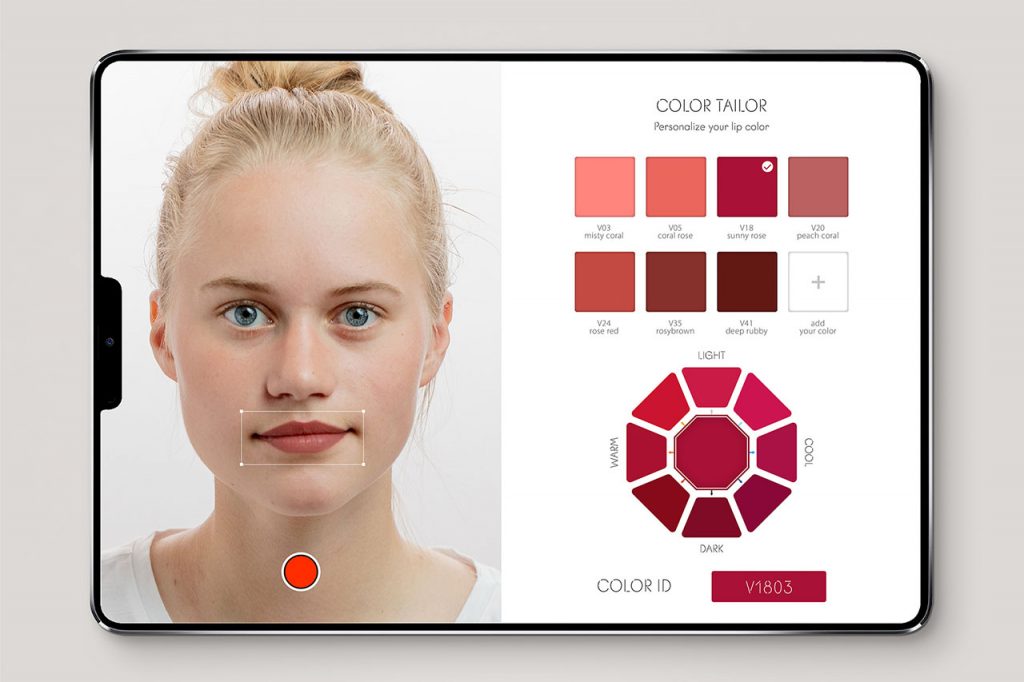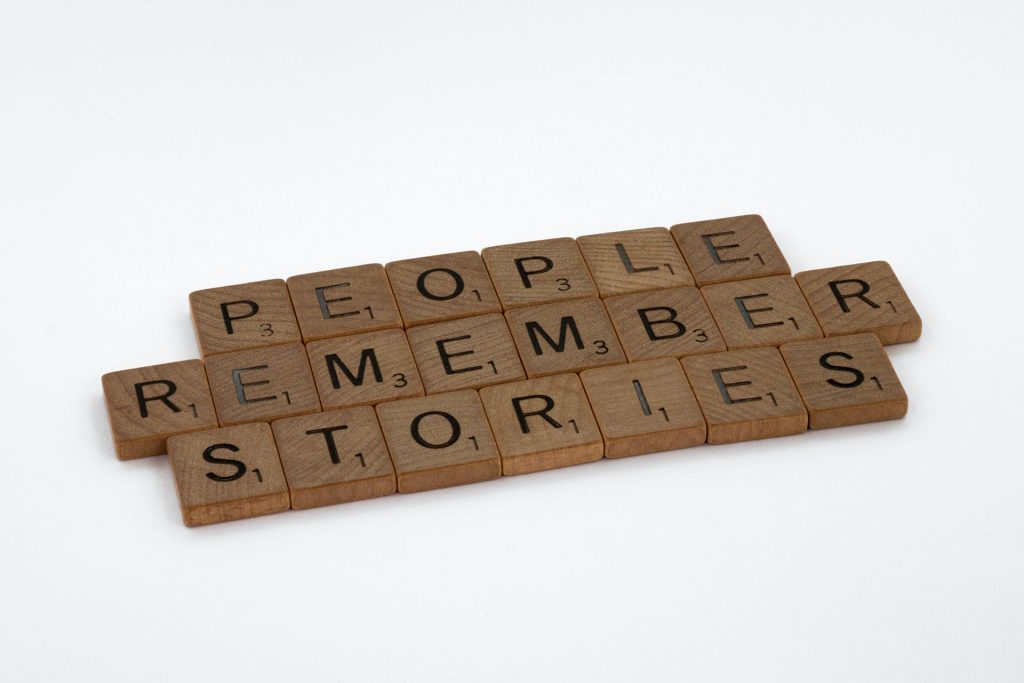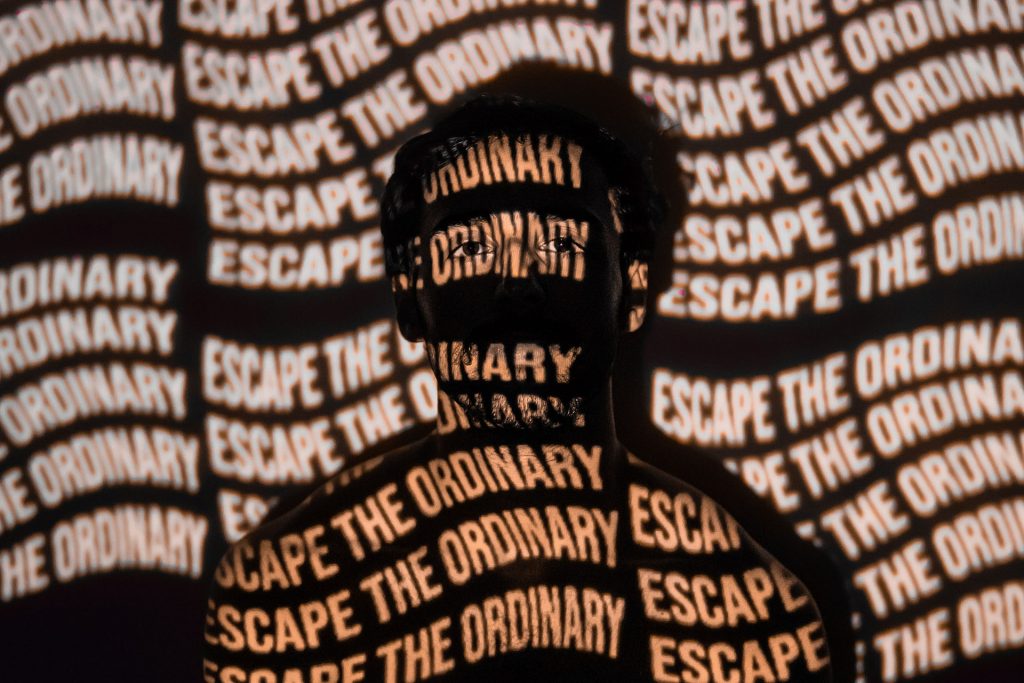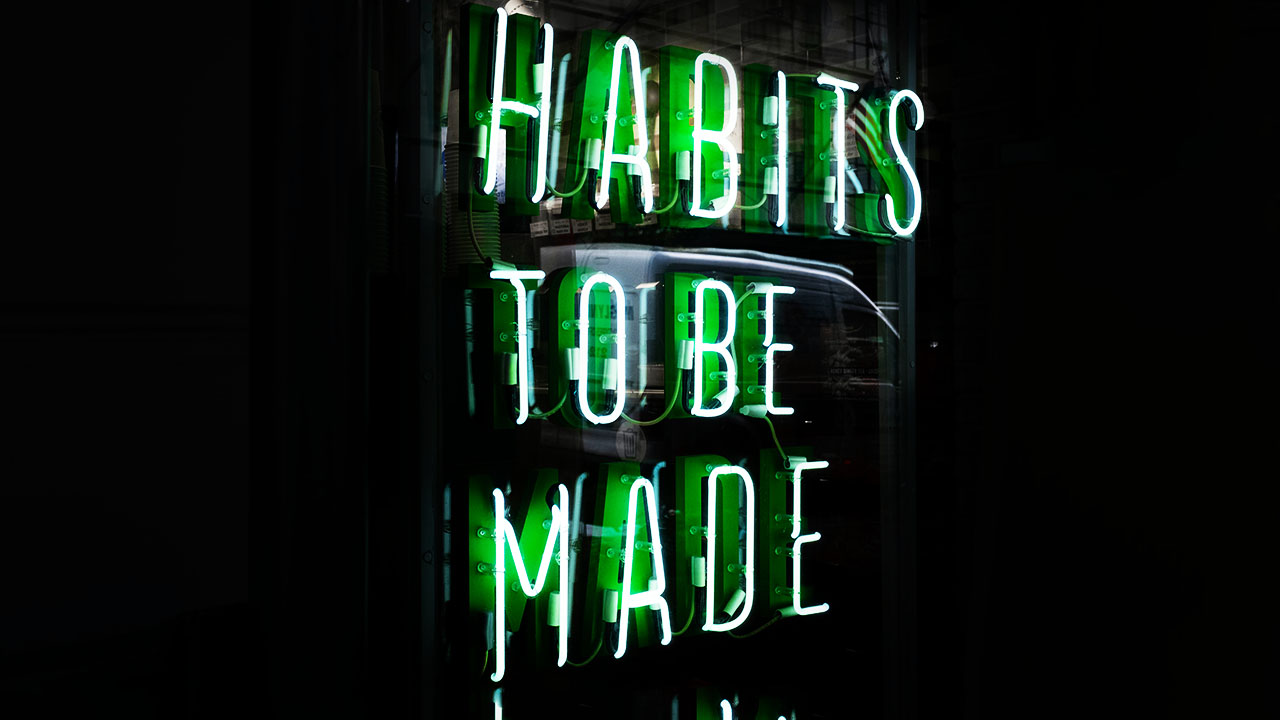Experiential architect Alain Thys is used to challenging orthodoxies in his work, and has previously written for The WXO about reimagining funerals and reinventing the post-pandemic office.
Here he takes us through his 10 laws of experience design: the set of principles he uses whenever he works on customer, employee or other experiences.
Law #1: The experience IS the product.

Marketers, consultants and professors offer many categories for the things we do: tangible products, augmented products, digital products, services. Experience is the cherry that goes on top.
But from the receiver’s perspective, the product/service and the experience of the product/service are the same. The identical wine can taste bland or heavenly depending on its environment, story, bottle, glass, food and companionship.
Implication: The experience already exists. The only question is which aspects of it you manage (well).
Law #2: My last best experience anywhere, becomes my expectation everywhere.

Most experience leaders want to ‘beat the competition’. But audience expectations are forged by every experience. When my car dealer offers me the choice of 6 different coffees and 10 different organic teas, I somehow feel underserved when my lawyer can only handle ‘coffee, tea or water’. If my doctor’s online system can give me access through facial recognition, I wonder why my bank still insists on login, passwords and antiquated card readers with bad screens.
In part, this even applies to experiences people hear about through social and other media. For example, if an influencer shows how to get the perfect lipstick in Korea, French customers will wonder why Sephora isn’t there yet. Even theme parks and musea can enter that mix.
Implication: always consider your audience’s complete experience universe. Not just your competition.
Law #3: All experiences are visceral.

The language of customer/employee experience experts is one of customer insights, KPIs and journey maps. But even at their most advanced, they are only abstract indicators. Sure, it feels good if someone scores the experience a ’10’. But even with an explanation, we’ll never experience ourselves how they ‘feel’.
An ‘experience’ is literally assembled in the brain, and until we hook up quantum computers to neuralinks, our toolkits will never truly understand what happens. It also means that as creators, we can never truly know the experience that we deliver. We can only hope to approximate it through our own (biased) perception.
Implication: Use your tools, but don’t get lost in them. Live your own experiences, so you can feel part of what your audience feels. Make emotion, perception and context part of your management speak. But never take your views for reality, as the audience’s WILL be different.
Law #4: No two experiences are ever the same.

No matter how you try, it is literally impossible to always deliver the same experience for every person you touch. Entropy will cause variations in the best of systems. And even if it doesn’t, there are always variables outside of your control.
Even if you could make everything perfect, different individuals will perceive the same experience in different ways depending on their mood, their personality, the stories they tell themselves and their expectations (see Law #2).
Implication: Avoid rigidity. Instead, create an experiential canvas that can be whatever it needs to be.
Law #5: Effective experiences are ‘fit for purpose’.

Most of our life runs on autopilot. So mundane experiences simply need to support the mental shortcuts we created. Amazon doesn’t need to surprise me, my office computer just needs to work, and my flights can be uneventful. In fact, too much experience can annoy me. I just want to preserve brain energy and make life easy for my autopilot.
But when I step out of ‘non-thinking’ mode, things get serious. If I pay a premium or do something that matters to me, I want to be delighted, or even transformed. Even if I don’t quite realise what that means. Either way, to be effective, the experience should reflect this need.
Implication: Before you design, determine whether you are going for satisfaction, delight or transformation. Then deliver accordingly.
Law #6: Experiences need holistic management.

Business structures fragment the experience into silos. Marketers worry about brand values. Digital transformers consider UX. Customer service folks prevent and solve problems. Architects make beautiful spaces. HR teams get staff on board. Meanwhile, CFOs wonder how all those smiles will translate into money.
But from an audience perspective, none of that matters. They look at the stories, spaces and behaviours we provide and interpret them as one experience. And if we’re misaligned, their verdict is swift and brutal.
Implication: Manage experiences as a business discipline, not a set of (departmental) programmes.
Law #7: the simplest experience is usually the best one.

Experiences seem to get more complicated as more people get involved (especially consultants ????). Multichannel journeys are multiplied by different persona and use cases. It quickly gets hard to see the trees through the forest. The result is many beautiful charts but inconsistent delivery and a confused (unhappy?) audience.
While experiences as a topic are highly complex, the most successful ones simplify their delivery to the extreme. Especially for the people who need to do the work. While internally there is much more nuance, Uber has two personas (drivers and passengers) and two interfaces to match. Staff instructions at Lexus and The Ritz-Carlton can fit on a business card. Each of them lets human ingenuity manage any variability on the spot.
Implication: If it takes > 2 minutes to explain the experience, you need to simplify.
Law #8: Experiences are only memorable if you give them a story.

There is a saying in experience land that they’ll never forget how you made them feel. This is only partially true. Sure, experiences have more impact than words or images. But if the experiential memory doesn’t get repeated enough, the brain will prune it. I.e. use it or lose it.
To become truly memorable, the experience needs to be retold regularly, or at least recalled. After all, the only thing our brain likes more than glucose is stories. It loves them. Devours them. The better they are, the more neural pathways they earn. Especially if it learns that the brain’s owner was the hero in the story all along.
Implication: Create experiences that give your audiences stories to tell. Preferably about themselves.
Law #9: The most resonant experiences disregard orthodoxy.

Every experience professional I’ve ever met intends to improve life for the people they serve. But in doing so do, many accept the organisational, market, business model or even societal paradigms that drive how we work, live and play. Only very few challenge the orthodoxies.
But if you look at the experience superstars of late, it was those who challenged the status quo that resonated most with their audience. Instead of improving the experiences that existed, they created the experiences that should be. Orthodoxies be damned.
Implication: Before improving an experience, ask yourself whether you should. It might be smarter to do something completely different.
Law #10: Great experiences do no evil (and undo evil from the past).

At some level, we all bear responsibility for the state of our planet and society. And while experience leaders cannot solve all problems, they can have a very positive impact. Both to fix past mistakes and prevent new ones in the future.
After all, every server that is added to speed up a website increases CO2. Every unconscious bias that slips into a design discriminates. All the plastic we created in the past still swims in the ocean.
Implication: Don’t just design experiences for profit. Think how your experience can promote prosperity, equality, peace and planetary wellbeing.
Interested in taking part in discussions about experiences and the Experience Economy? Apply to become a member of the WXO here – to come to Campfires, become a better experience designer, and be listed in the WXO Black Book.





